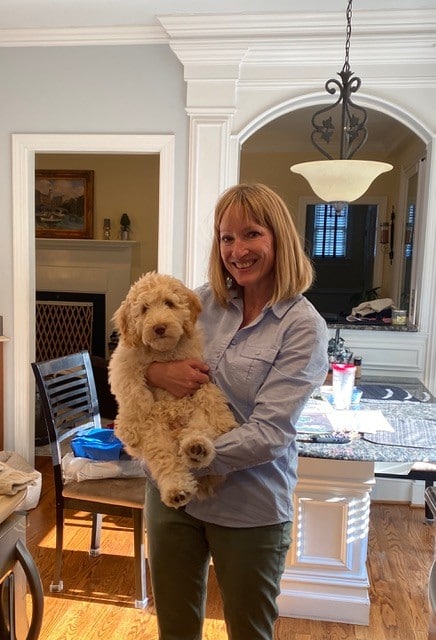Meet Laura

I was recently diagnosed with lung cancer with Mets to the brain. I’m a healthcare worker as is my sister. When I told my sister I was scheduled for a standard protocol PET/CT scan to determine the extent of disease and guide treatment, she told me of a device she had recently learned about called the Lara device. Neither my sister nor I are in the nuclear imaging or oncology fields. I researched on the Lara device. I was impressed that the LARA device is used insure the intravenously injected radioactive tracers used to locate cancer on scanning are delivered accurately and not leaked (extravasated) into soft tissue and bone. Leaking into tissue not only affects tissue it also usually falls outside the PET scan field of vision on the lower forearms of the patient. This results in the PET imaging inaccurately reflecting the extent of cancer. In addition, if the LARA detects extravasation the technologist can mitigate the extravasation. Reading retrospective studies revealed that the average extravasation rate was found to be 17.5%. I wanted better odds on getting an accurate image of the extent of cancer in my body. This PET would guide my treatment. I requested the LARA device be used for my PET. Fortunately, my hospital is one of the hospitals where the LARA was tested. My technologist explained the setup which was very easy from my perspective. The technologist placed the IV and then a sensor on each arm. Readings from the procedure showed a perfect injection, no leaks. It is very comforting to know the best data was achieved without any complications from the radioactive injection. I am very happy the LARA device was used. I think it should be standard procedure to utilize the LARA device to ensure accuracy and safety.
Laura Ashford


